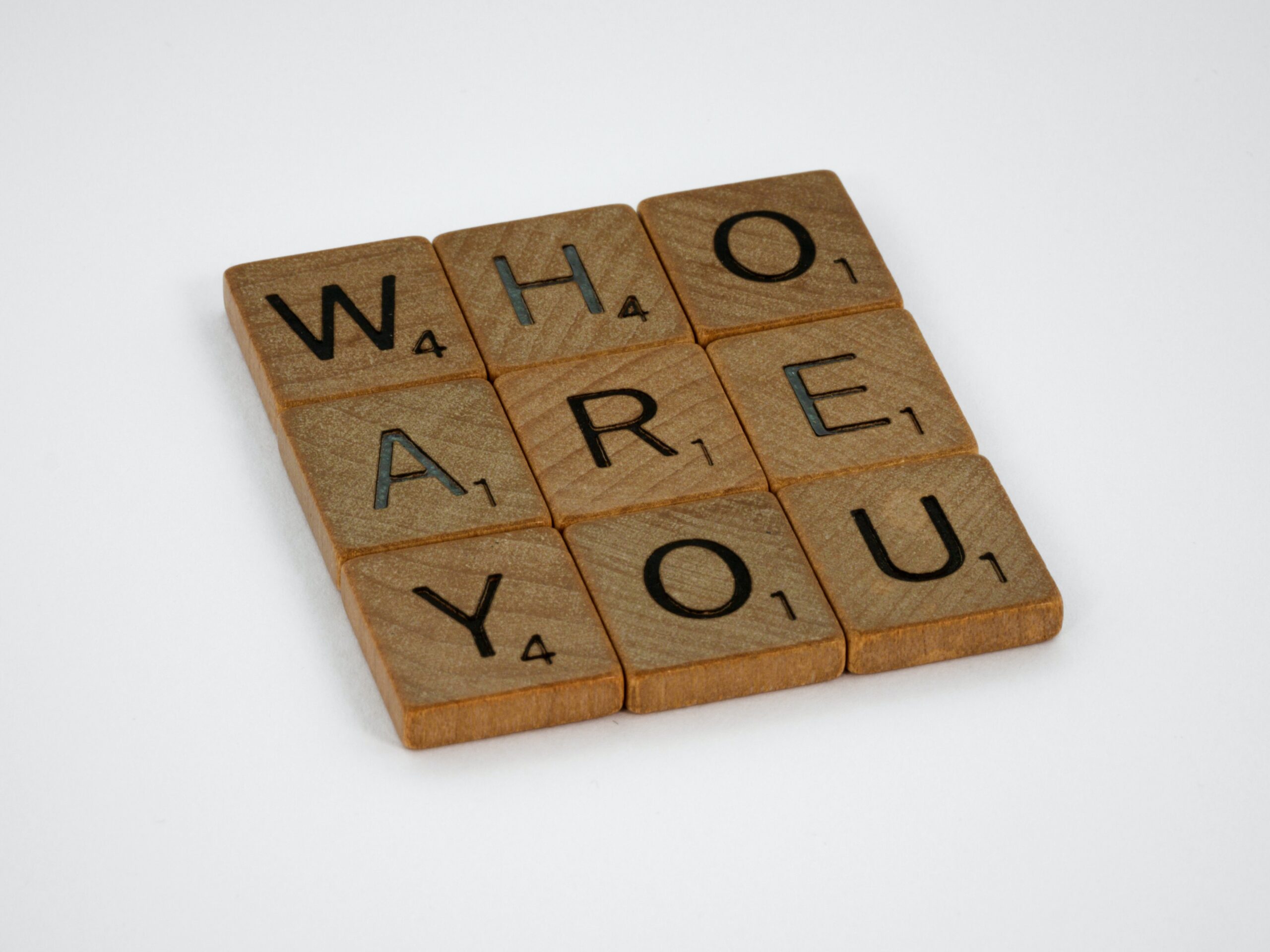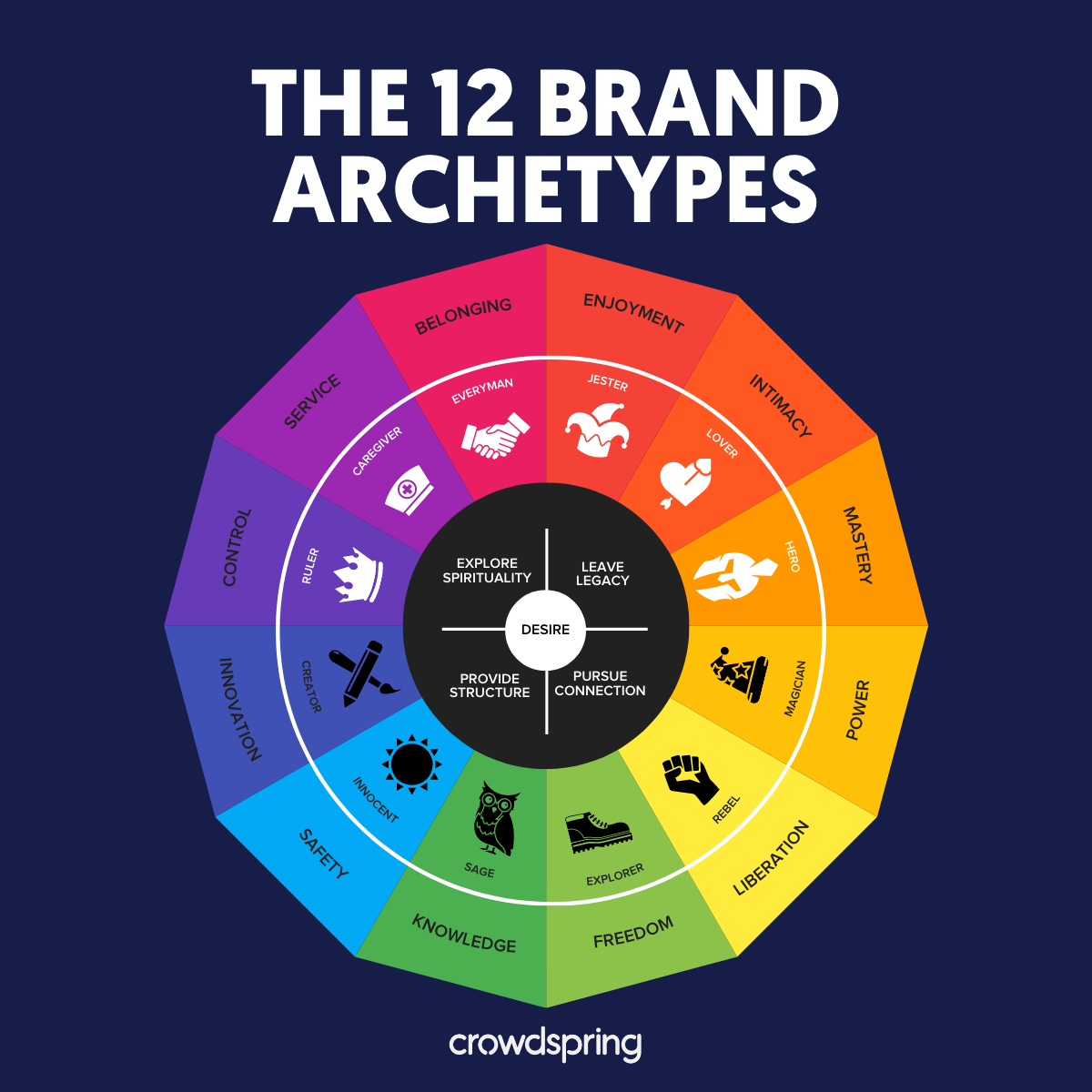So far in our series on building an effective brand strategy, we’ve explored audience profiles and positioning statements. Today, we look at what is probably our favorite piece of every brand strategy process—brand personality.
Need to play catch-up? Check out the entire series:
- Audience Profiles
- Brand Positioning Statement
- Brand Personality (you are here)
- Messaging Material
What is brand personality—and why does my organization need one?
Let’s pretend for a second that your organization was a person. What would they be like? How would they look? Speak? Move? Would they be the life of the party, or more subdued?
This might seem like a pointless exercise—we aren’t a person! We’re an organization!—but it isn’t. In fact, these are some of the most important questions we ask stakeholders during the discovery stage of a brand strategy process.
Why? Because they’re helpful in understanding and articulating an organization’s brand personality, which is how the organization looks, how it acts, and how it makes people feel. Brand personality is one of the most important components of a brand strategy, for a couple of reasons.
A saturated market, the difference between two similar organizations can be negligible.
Brand personality is one way you can differentiate from your competitors, and stake a claim in the hearts and minds of customers and donors.
After all, as Maya Angelou said, “I’ve learned that people will forget what you said, people will forget what you did, but people will never forget how you made them feel.”

To illustrate, consider Constant Contact and Mailchimp. If you’re like most people we work with, you’re familiar with the latter and not the former. In fact, Constant Contact does exactly the same thing as Mailchimp: email marketing automation. But the way they show up in the world couldn’t be more different. Mailchimp is fun and playful, with cute illustrations and quirky copy. Constant Contact feels corporate, using unremarkable stock imagery and positioning itself based on its features (which at the end of the day are virtually identical to Mailchimp’s). The fundamental difference between them is all brand—and in particular brand personality. And, given that Mailchimp owns 62.49% of the email automation market compared to Constant Contact’s 8.45%, we’ll let you decide whose personality resonates more. That’s the power of brand personality.
The second reason is a big one: consistency.
Brand personality touches every part of the brand experience, from your tagline to your color palette to the way your staff answers the phone. When each of these things is derived from the same core spirit, they make for a consistent brand. Research shows that consistency breeds familiarity and familiarity breeds trust. And what’s more important to a nonprofit brand than trust?

Imagine you’re at a party. While you’re scooping yourself some guacamole, a person you’ve never met before introduces herself. Let’s call her Betty. During your conversation, she seems shy and rather subdued; she avoids eye contact and speaks so quietly, you have to lean in to hear what she’s saying. You part ways, and a few minutes later, you witness Betty surrounded by a group of people, behaving in a loud and brash manner. Suddenly she’s the life of the party.
You’re confused. Is this really the same Betty you just met by the guacamole bowl? At best, you would be left uncertain as to which person was the ‘real’ Betty—if there is such a thing. At worst, you might feel a bit uneasy around Betty. Her Jeckyl and Hyde personality switch certainly doesn’t suggest authenticity, or encourage trust. Personally, I might avoid that person going forward. An inconsistent brand can have the same effect: turning people off, or driving them away. On the other hand, consistent brands are magnetic.
How do I go about defining our brand personality?
There’s no right or wrong way to articulate your brand personality. Some brand strategists simply use a list of character traits—say, curious, clever, inclusive and helpful. These traits (and brief descriptions of how each trait applies to the brand in question) can be helpful, but we find it’s hard to picture—and help our clients picture—an actual three-dimensional person from a list of characteristics. And the more vividly your team can conjure the imaginary person associated with your brand personality, the more deeply you’ll understand them, and the more consistently members of your team will be able to bring them to life in communication.

Enter the brand archetype, otherwise known as Briteweb’s favorite way of developing a brand personality. Never heard of brand archetypes before? Even if you haven’t, on some level they’re already familiar to you. How’s that possible? Because they exist in our collective unconscious (remember Psych 101?).
According to both comparative anthropology and Jungian theory, an archetype is a figure or symbol that consistently recurs in literature, painting and mythology, across cultures and throughout time. When we encounter these familiar figures in art, literature, religion or advertising—or in individuals, groups, or organizations—they evoke deep feelings within us.
To illustrate, if I saw ‘jester’, I can reasonably assume that the person you conjure in your mind is fundamentally consistent with the person in my mind. The same goes for damsel in distress, warrior or activist. That’s the power of an archetype.
The good news is, because these archetypes are familiar to us all, it’s a lot easier to get your team on the same page than it is with a list of character traits.
So where do you find your brand archetype?
When we’re working on a brand personality for a client, we consult a book called Archetypes in Branding. The book has 12 archetype families: the Maverick, the Jester, the Lover, the Nurturer, the Regular Guy, the Innocent, the Ruler, the Sage, the Magician, the Hero, the Creator and the Explorer. Each of these families has five archetypes within it, for a total of 60 well-established archetypes. But there are plenty of archetypes beyond the ones featured in the book. More and more, we use custom archetypes that are a more perfect fit for our impact sector clients—like The Ally, The Servant Leader, or The Soul Sister.

Image: crowdspring
Once you’ve found your archetype, the real magic happens. According to the authors behind Archetypes in Branding, “When [your brand archetype is] revealed, and made intentional, these universal patterns of behavior can help individuals and companies stay true to their mission and brand promise. Functioning as a sort of compass, this creates loyalty with all stakeholders, including buyers, suppliers, shareholders, and employees.
At Briteweb, we’ve seen for ourselves how a brand archetype can affect not just marketing communications, but organizational culture. One of our strategists was once in an operations meeting with an organization with which we’d collaborated on a brand strategy. When it came time to make a decision about something, the team was at an impasse. After a long silence, the CEO said, “Wait. Let’s take a step back. What would the Innovator do?”
As brand strategists, that’s music to our ears.
I want a brand archetype. How do I do it?
Although it’s possible to go through this process internally, we always recommend enlisting the services of a brand agency. Having an objective outside team with some distance from the organization can help you understand how both internal and external stakeholders experience your brand. Trust us when we say that perceptions of your brand are often not what you think they are. When led by an external partner, a brand strategy process can uncover those perceptions and gain a fuller, more nuanced understanding of how your brand is showing up in the world—a very important first step to defining your brand personality.
If you do choose to do your brand strategy in-house, we recommend following a similar discovery process to what we would do. Asking your colleagues and some friends of the organization—like longtime supporters and volunteers—will also give you a broader perspective, helping you to more clearly understand what your organization looks and feels like from the outside.
Here are some questions you can ask:
-
If our brand were a person, what kind of person would they be? How would they act? Speak? Move? What character traits would people use to describe them?
-
If our brand were a person, what would their relationship to our most important stakeholders be? A neighbour? A friend? A mentor or coach? A colleague? A boss? A peer? An ally?
-
How does our brand want to make our most important stakeholders feel?
-
What are the archetypes of our major competitors or closest peers? (If it’s impossible to guess, they might have brand personality inconsistency).
-
If money and reality were no object, and you could hire anyone in the world, alive or dead, fictional or real, to be your organization’s spokesperson, who would it be? Why them? What about them makes them a good representative of your organization and its values? What qualities and characteristics made you choose them?
Once you’ve asked yourself, your team and your stakeholders these questions, we recommend using the Archetypes in Branding book to find an archetype that feels like your organization. If you need to tweak an archetype or combine a couple of archetypes to create the right fit, that works. There are no rules—what matters is that you establish a brand personality that feels authentically you, then stick to it, always.
Want to discuss your organization’s brand strategy needs—including brand personality? Reach out to us. We’re happy to chat!
